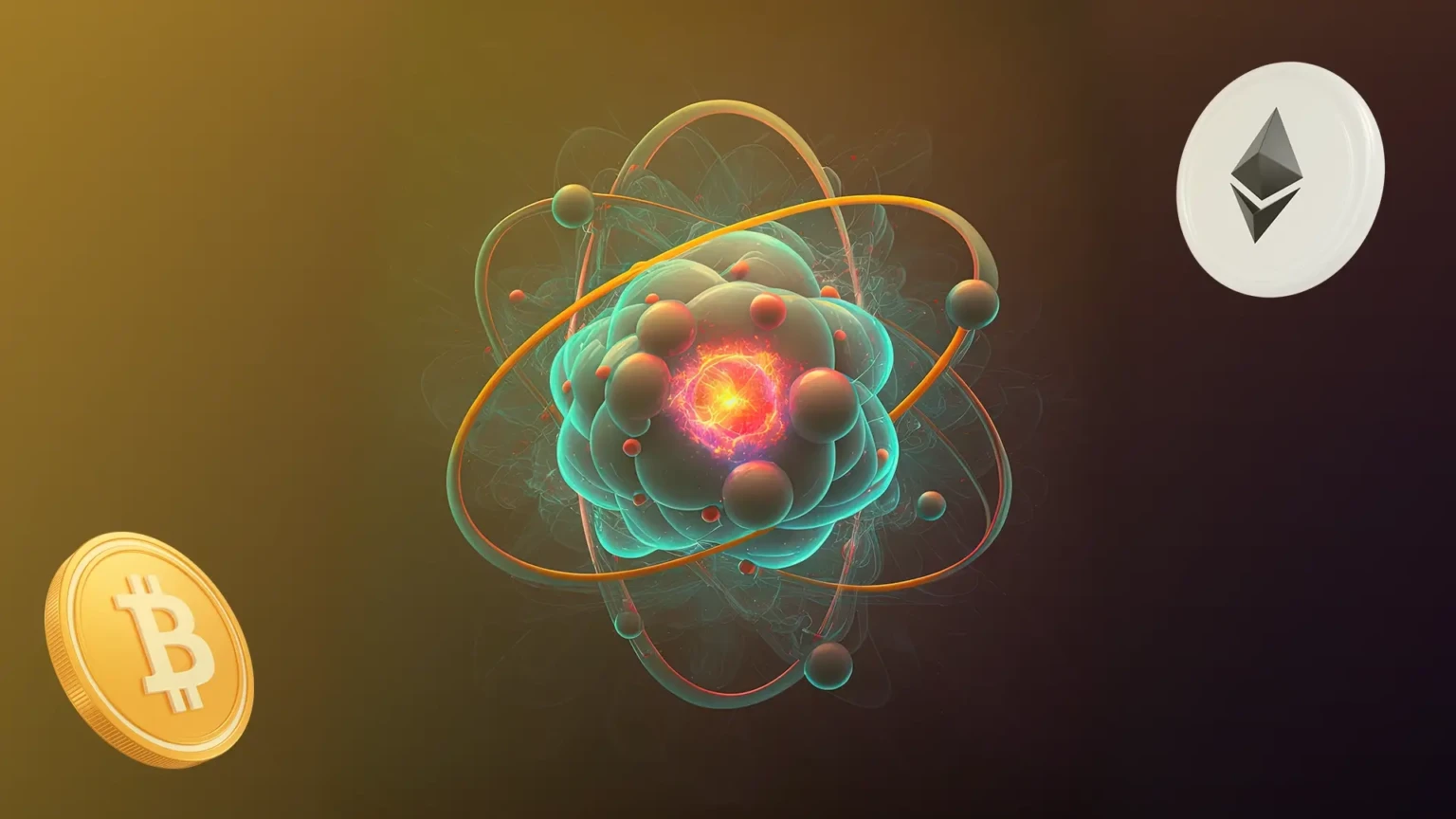How does atomic exchange work in the ever-evolving world of cryptocurrency trading? Atomic exchange—often called an atomic swap—is a groundbreaking mechanism that enables direct peer-to-peer crypto trades across different blockchains without the need for a centralized intermediary. This investigative analysis unpacks the cryptography, protocols, and market implications behind one of blockchain’s most transformative innovations.
Why Atomic Exchange Matters
The concept of atomic exchange addresses a long-standing problem: trustless cross-chain trading. Traditional cryptocurrency trading typically requires centralized exchanges, exposing users to hacks, regulatory risks, and custodial failures. Atomic swaps eliminate that dependency, allowing users to retain control of their funds throughout the transaction.
Authoritative blockchain research from the Bitcoin Developer Community highlights that atomic swaps strengthen decentralization and reduce counterparty risk—a core principle of the crypto movement.
The Core Mechanism of Atomic Exchange
Hash Time-Locked Contracts (HTLCs)
At the heart of how atomic exchange works is the Hash Time-Locked Contract. HTLCs are smart contracts with two critical components:
- Hash Lock: Ensures that a cryptographic hash of a secret is known only to the initiator, creating a unique digital fingerprint.
- Time Lock: Sets a deadline. If the trade is not completed within the set timeframe, funds automatically return to the original owners.
These two layers guarantee that either both sides of the swap occur or neither does—hence the term “atomic.”
Step-by-Step Transaction Flow
- Secret Generation: Trader A creates a cryptographic secret and shares its hash with Trader B.
- Contract Creation: Both traders lock their funds in HTLCs on their respective blockchains using the shared hash.
- Secret Reveal: When Trader B redeems Trader A’s funds, the secret is revealed on the blockchain.
- Completion or Reversal: Trader A uses the revealed secret to claim Trader B’s funds. If any step fails before the deadline, the funds revert to their original owners.
This seamless process illustrates precisely how atomic exchange works without relying on a centralized custodian.
Real-World Applications
Cross-Chain Liquidity
Atomic exchanges foster cross-chain liquidity, allowing traders to swap Bitcoin for Ethereum or other assets without routing through a centralized platform. Projects like Komodo’s AtomicDEX and Lightning Network-enabled swaps are leading practical deployments.
Privacy Advantages
Because users interact directly on their respective blockchains, there’s no centralized order book to track. This offers enhanced privacy compared to conventional exchanges.
DeFi and Beyond
Decentralized finance protocols are exploring atomic swaps to build bridges between ecosystems, enhancing interoperability across chains like Solana, Avalanche, and Polkadot.
Technical Challenges and Limitations
Multi-Chain Compatibility
For atomic exchanges to function, both blockchains must support the same cryptographic hash function and smart contract capabilities. This narrows the field of eligible pairs.
Speed and Fees
While HTLCs are efficient, network congestion or high gas fees can slow swaps or make them uneconomical for small trades.
Security Considerations
Although atomic exchanges minimize counterparty risk, users must remain vigilant. Poor wallet implementations or phishing attempts can still compromise funds.
Market Impact and Regulatory Outlook
Atomic exchange technology undermines the need for centralized exchanges, potentially reducing the influence of major market makers. Regulators are watching closely as this peer-to-peer model challenges existing compliance frameworks. Analysts predict that governments may develop new reporting standards as atomic swaps gain mainstream adoption.
FAQ: How Does Atomic Exchange Work?
How does atomic exchange work across different blockchains?
Atomic exchange works by using hash time-locked contracts to ensure both sides of a trade either execute simultaneously or not at all, allowing safe cross-chain swaps.
What are the risks in how atomic exchange works?
The main risks include incompatible blockchains, network congestion, and potential user errors, though the underlying cryptography is highly secure.
Can regulators track how atomic exchange works?
Regulators can observe on-chain activity, but because there is no centralized intermediary, monitoring is more complex than with traditional exchanges.
How does atomic exchange work with Bitcoin and Ethereum?
When both chains support HTLCs and the same hashing algorithms, Bitcoin and Ethereum can participate in direct swaps without centralized oversight.
Forward-Looking Analysis
As the crypto ecosystem evolves, understanding how atomic exchange works is vital for developers, traders, and policymakers alike. Emerging Layer-2 networks and interoperability protocols will expand the technology’s reach, enabling near-instant, low-fee swaps across a growing range of digital assets. In the long term, atomic exchanges could redefine global finance by reducing reliance on intermediaries and empowering users to control their wealth directly.

